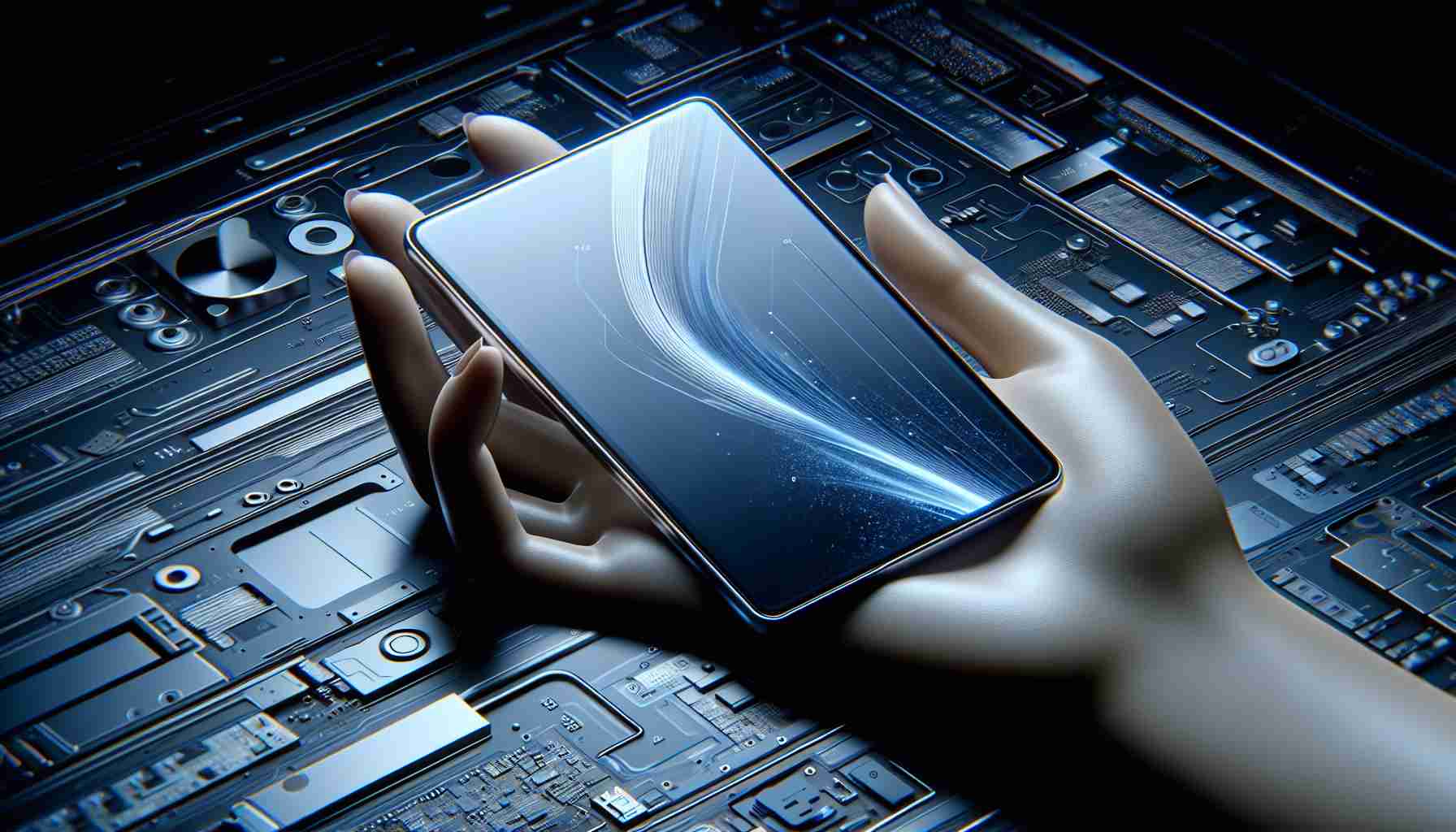Apple Rumored to Focus on Ultra-Slim iPhone 17 and Beyond
Recent reports suggest that Apple is already setting its sights on revolutionizing the design of its upcoming iPhone 17, slated for release in 2025. Instead of focusing solely on the iPhone 16, Apple is reportedly working on creating a “radically sleeker phone” that could potentially redefine the landscape of smartphone aesthetics.
Innovative Redesign Inspired by New iPad Pro
Taking cues from the successful launch of the latest iPad Pro, featuring cutting-edge technology housed in an impressively slim aluminum chassis, Apple is looking to carry forward this trend of minimalism and functionality to its future lineup. The company’s commitment to sleeker devices extends beyond the iPhone 17, with potential thinner and lighter versions of MacBook Pro and Apple Watch also in the works.
Shifting Priorities in Mobile Design
Traditionally, the focus in the tech industry has gravitated towards enhancing display sizes and camera capabilities, rather than prioritizing the thinness and weight of devices like smartphones and smartwatches. Apple’s anticipated move towards crafting ultra-thin and lightweight devices could mark a significant departure from industry norms.
New Trendsetter in Mobile Device Design
If Apple succeeds in unveiling an exceptionally slim and lightweight iPhone 17 in 2025, it has the potential to set a new standard in mobile device design, encouraging other manufacturers to follow suit. By pushing the boundaries of innovation, Apple may usher in a new era of sleek and minimalistic technology that captures the imagination of consumers worldwide.
Additional Insight:
– **Potential Impact on Battery Life:** One significant consideration with the trend towards slim devices is the potential impact on battery life. Thinner devices may offer less space for accommodating larger batteries, which could result in shorter battery life for users.
– **Sustainability Concerns:** As technology moves towards slimmer and more compact designs, there is a growing concern about the environmental impact of manufacturing and disposing of these devices. Apple and other manufacturers will need to address sustainability challenges associated with producing sleeker products.
– **Integration of New Materials:** With the drive towards thinner devices, there may be a shift towards incorporating advanced materials such as carbon fiber or titanium to maintain durability and structural integrity. This could open new avenues for design and engineering in the industry.
– **Software Optimization:** The quest for slimmer devices may necessitate greater emphasis on software optimization to ensure efficient performance on hardware that is becoming increasingly compact. Apple’s software development strategies will play a crucial role in delivering a seamless user experience.
– **Potential Compatibility Challenges:** Slimmer devices could pose challenges in terms of compatibility with existing accessories and peripherals. Users may need to adapt to new connectivity standards or proprietary ports introduced by manufacturers to accommodate thinner designs.
Key Questions and Answers:
– **What are the main challenges in designing ultra-slim devices like the rumored iPhone 17?**
– Designing slim devices often poses challenges in terms of thermal management, structural integrity, and maintaining essential features while reducing size.
– **How might consumers benefit from Apple’s push for slimmer devices?**
– Consumers could enjoy more compact and lightweight devices that are easier to handle and carry, offering enhanced portability and convenience.
– **What controversies could arise from prioritizing slimness in device design?**
– Some critics may argue that prioritizing slimness over features like battery life or repairability could compromise the overall user experience and sustainability of the product.
Advantages:
– Enhanced Portability: Slimmer devices are more convenient to carry around and use on the go.
– Aesthetic Appeal: Sleek and minimalist designs can attract consumers seeking modern and stylish tech products.
– Innovation Drive: Pushing the boundaries of design can foster innovation in the industry and inspire competitors to follow suit.
Disadvantages:
– Potential Compromises: Slimmer designs may lead to sacrifices in areas like battery life, durability, and overall functionality.
– Repairability Issues: Thinner devices may be more challenging to repair or upgrade, potentially leading to higher costs for users.
– Sustainability Concerns: The race for slimmer devices may have negative implications for the environment if not managed sustainably.
Related Links:
– Apple
